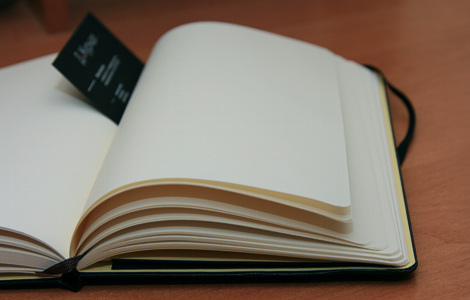You will need
- - Artwork;
- supplies;
- - the work of literary critics;
- - dictionary of.
Instruction
1
Carefully read the work, interpretation of which you write. During reading mark in the text the most interesting and important points that may be useful in the analysis. Interpretation must include quotations from a literary text, so it is better to provide immediately to avoid wasting time on re-search.
2
Then make a rough plan of his work, including the theme of the work, the author's idea, an original composition, the characterization of the main characters, the features of idiostyle of the writer. Depending on the genre specifics of the plan items can be modified, reduced or replaced by other. For example, if you need to write the interpretation of the work of nature, the characterizations of the main characters in the work will not.
3
Further detail on each aspect of the analysis. Avoid a rigid division into sections. Make a smooth logical transition from topic to idea, from idea to compositional features, etc.
4
Highlighting the theme, do not rush to make any definite conclusions. Ponder, argue his point of view, otherwise you can get trapped. Because often in works of art deals with a complex array of topics relevant to a certain era.
5
Determining author's intent is also not an easy task. Sometimes even eminent scholars who devoted a dozen years to the study of creativity of a writer, can't come to a consensus regarding the idea of certain works. Most often it is associated in vivo with contradictory statements of authors and the ambiguous interpretation of the literary text.
6
If you interpret this controversial work, first select the views and opinions of the author on this issue, and then give your own assumptions.
7
To judge about compositional features, you must first select the standard structure of compositions including exposition, plot, development of action, climax, and denouement. Essential, but not compulsory are the prologue and the epilogue.
8
Can be based on the presence or absence of certain elements of the composition. You can also focus on the role played by each component.
9
Characteristics of the main characters you can build on the basis of their similarities or major differences (the hero – antihero).
10
Describing the features of idiostyle of the writer, you can focus on using specific vocabulary, deliberately complex or, alternatively, a very simple syntactic constructions, referencing folklore, etc. Your task – to reveal the originality and uniqueness of the creative manner of the author.

